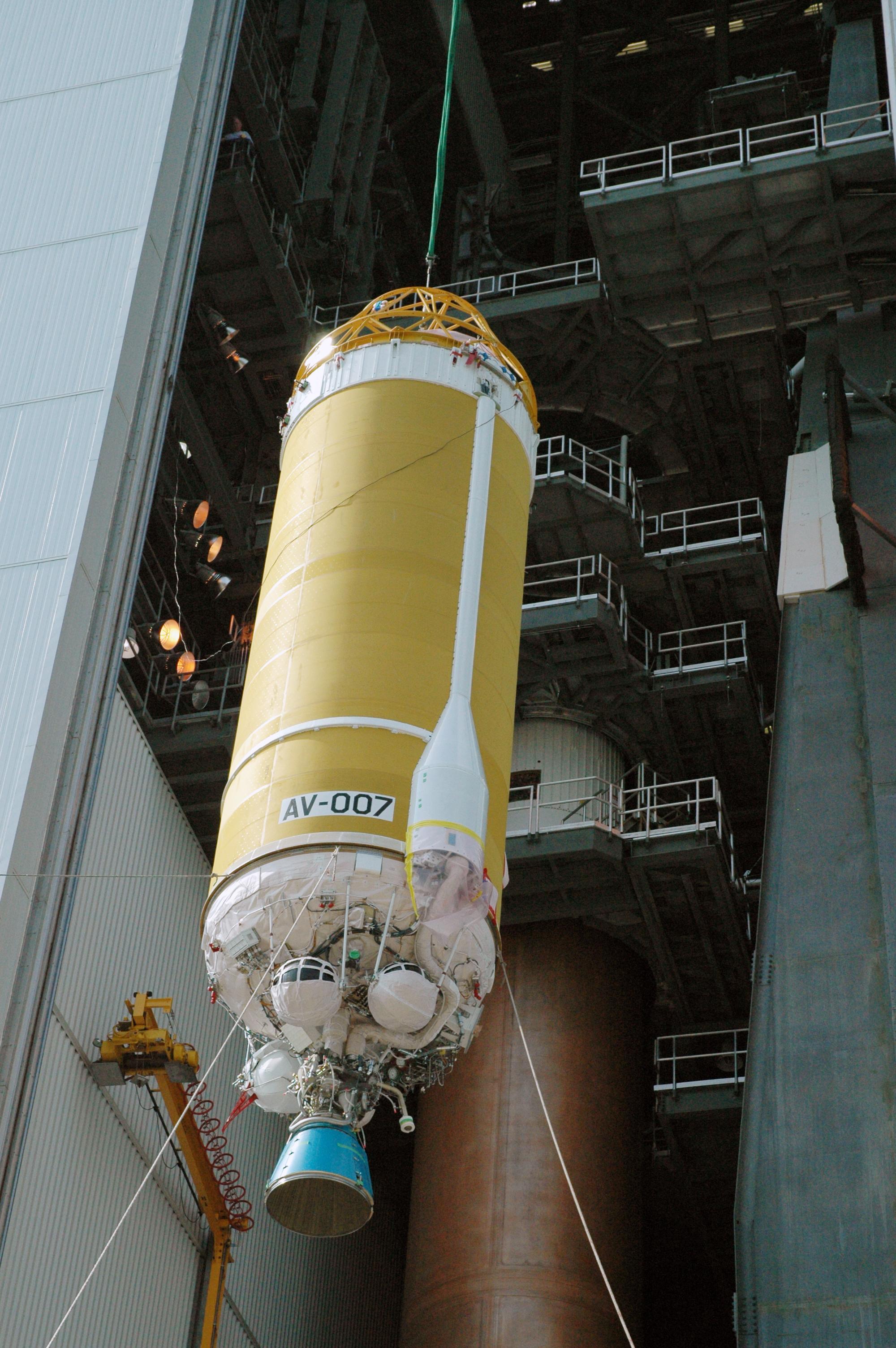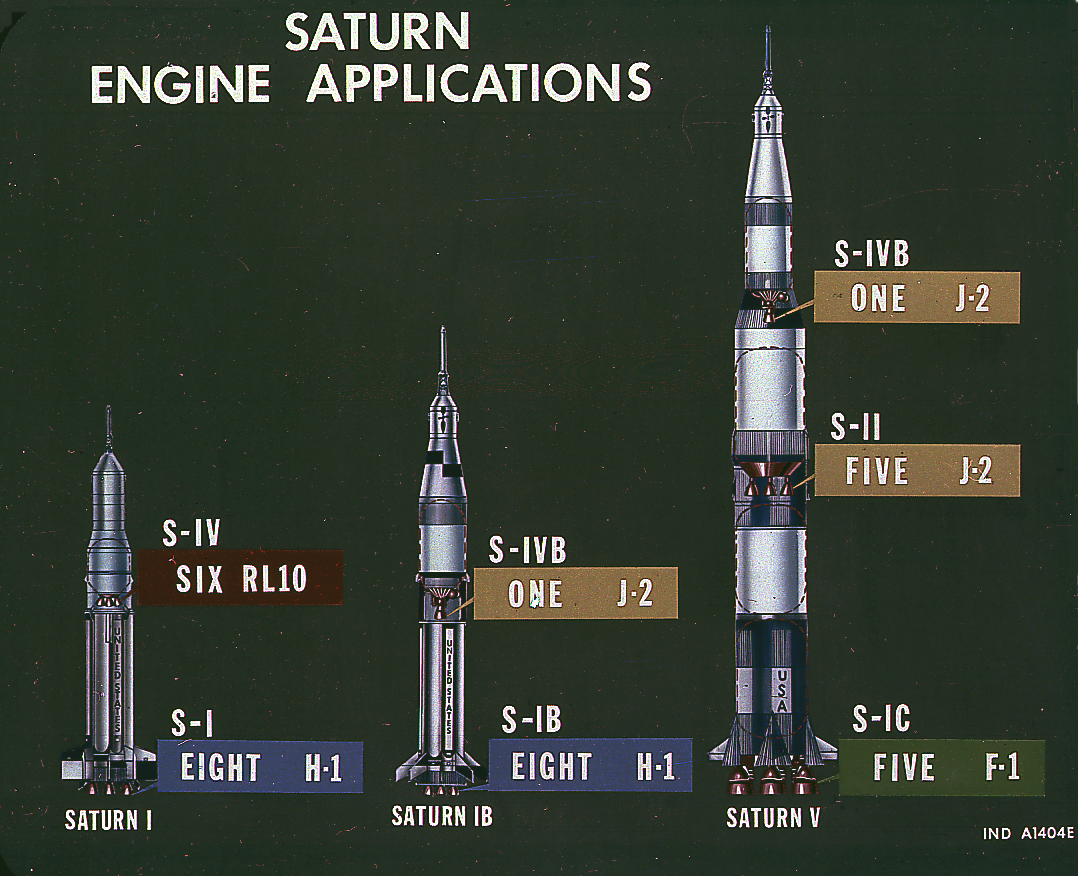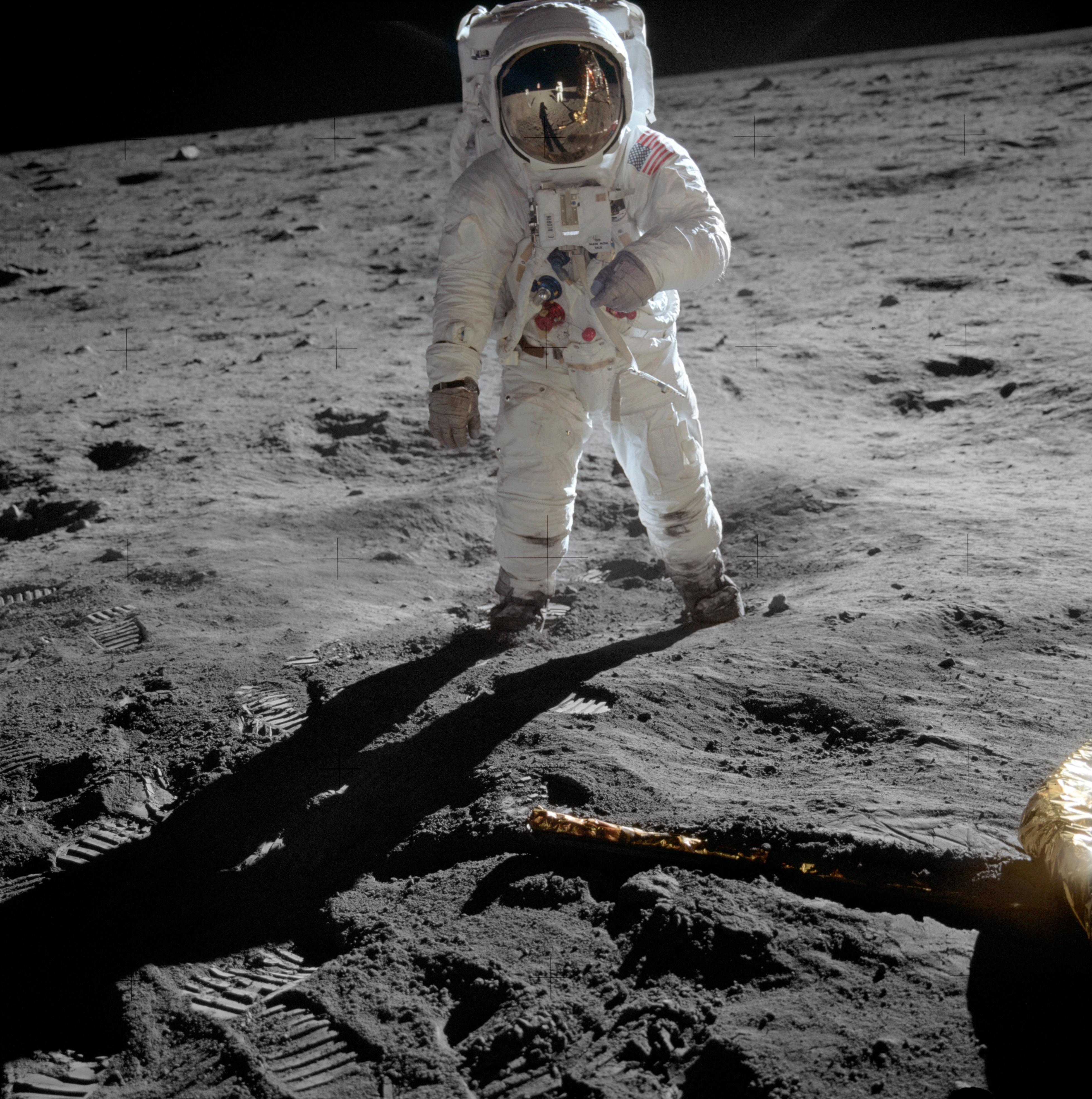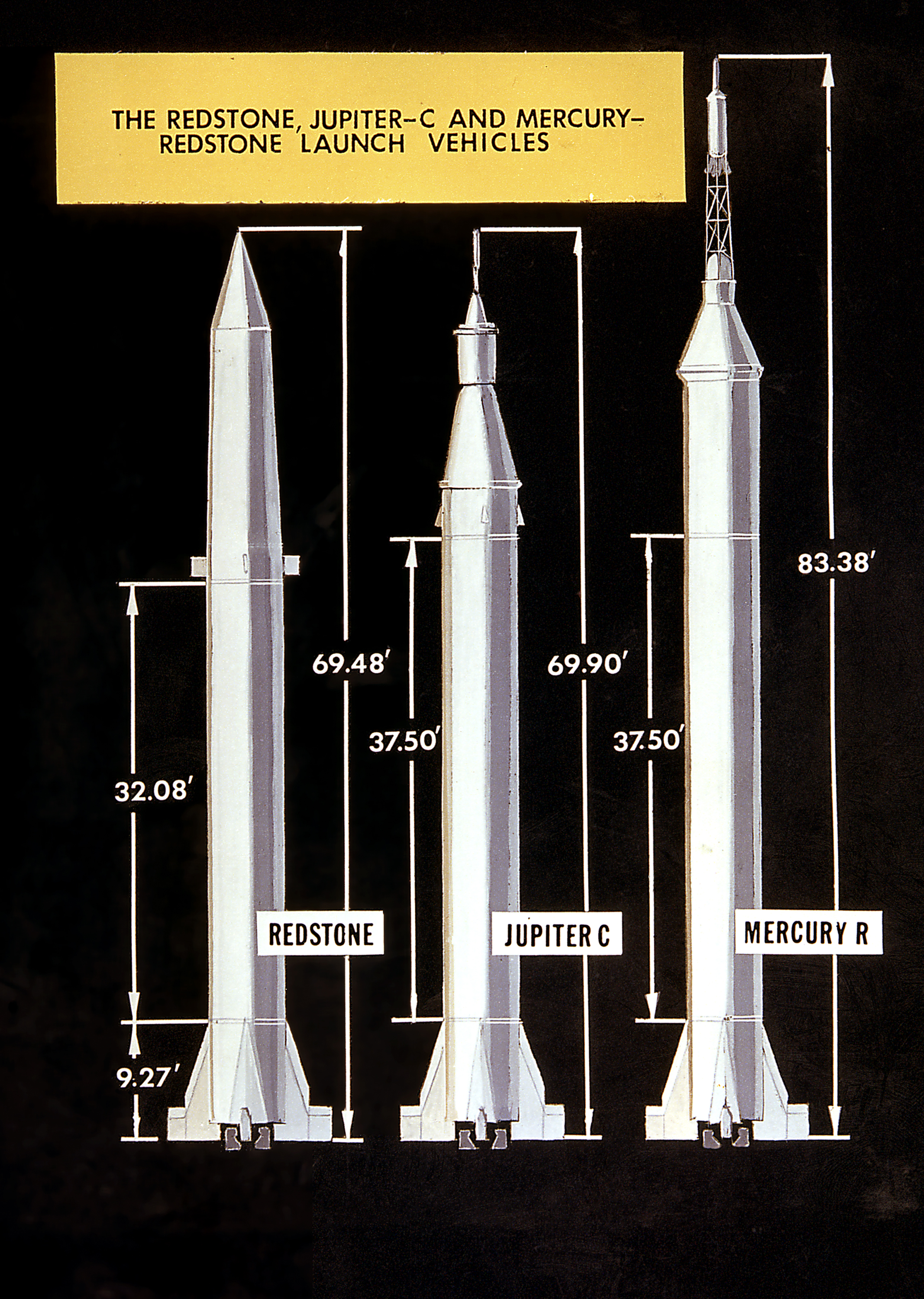|
James Henry Deese
James Henry Deese (September 23, 1914 – August 11, 2001) was an American NASA manager. Career He was Chief of Facilities Design Branch, Kennedy Space Center from 1960 to 1964; Chief of the Advanced Studies Office of NASA Launch Operations Center from 1964 to 1966; Senior Research Administrator for the Future Studies Office at Kennedy Space Center from 1966 to 1973; and chaired the Nuclear and Radiologic Committee at Kennedy Space Center for six years. Early life James Henry Deese was born on September 23, 1914, in Graceville, Florida, of Lumbee Indian parentage and among the Scott Town Indian Community, to William Lawrence Deese and Maria Isabella Hand of North Carolina. Deese was cousin of American psychologist and academic James Deese. Deese attended Palmer Academy in DeFuniak Springs, Florida from 1920 to 1930. He attended Georgia Institute of Technology and the U.S. Naval Academy from 1931 to 1935, where he studied Electrical and Civil Engineering. He began work with the U ... [...More Info...] [...Related Items...] OR: [Wikipedia] [Google] [Baidu] |
Graceville, Florida
Graceville is a city in Jackson County, Florida, United States. It is near the Alabama state line. The population was 2,153 at the 2020 census. Geography The approximate coordinates for the City of Graceville is located at (30.959044, −85.513280). Florida State Road 2 and Florida State Road 77 are the two main highways through the city. FL SR 2 runs from west to east through the center of town, leading east to Campbellton and west to Esto. FL SR 77 runs from south to north through the center of town, leading northeast to Dothan, Alabama via a connection with Alabama State Route 109, and south to Chipley. Jackson County is a rural community primarily composed of business in agriculture, manufacturing, service, and retail trade. In addition, many government facilities are located within the county, including a federal prison and three state correctional institutions. Elevation ranges from 50 to above sea level. Marianna is above sea level. Soil composition rang ... [...More Info...] [...Related Items...] OR: [Wikipedia] [Google] [Baidu] |
World War II
World War II or the Second World War (1 September 1939 – 2 September 1945) was a World war, global conflict between two coalitions: the Allies of World War II, Allies and the Axis powers. World War II by country, Nearly all of the world's countries participated, with many nations mobilising all resources in pursuit of total war. Tanks in World War II, Tanks and Air warfare of World War II, aircraft played major roles, enabling the strategic bombing of cities and delivery of the Atomic bombings of Hiroshima and Nagasaki, first and only nuclear weapons ever used in war. World War II is the List of wars by death toll, deadliest conflict in history, causing World War II casualties, the death of 70 to 85 million people, more than half of whom were civilians. Millions died in genocides, including the Holocaust, and by massacres, starvation, and disease. After the Allied victory, Allied-occupied Germany, Germany, Allied-occupied Austria, Austria, Occupation of Japan, Japan, a ... [...More Info...] [...Related Items...] OR: [Wikipedia] [Google] [Baidu] |
Pershing Missile
The MGM-31A Pershing was the missile used in the Pershing 1 and Pershing 1a field artillery missile systems. It was a solid-fueled two-stage theater ballistic missile designed and built by Martin Marietta to replace the PGM-11 Redstone missile as the primary nuclear-capable theater-level weapon of the United States Army and replaced the MGM-1 Matador cruise missiles operated by the German Air Force. Pershing later replaced the European-based MGM-13 Mace cruise missiles deployed by the United States Air Force and the German Air Force. Development began in 1958, with the first test missile fired in 1960, the Pershing 1 system deployed in 1963 and the improved Pershing 1a deployed in 1969. The U.S. Army replaced the Pershing 1a with the Pershing II Weapon System in 1983 while the German Air Force retained Pershing 1a until all Pershings were eliminated in 1991. The U.S. Army Missile Command (MICOM) managed the development and improvements while the Field Artillery Branch deployed ... [...More Info...] [...Related Items...] OR: [Wikipedia] [Google] [Baidu] |
Centaur (rocket Stage)
The Centaur is a family of rocket propelled upper stages that has been in use since 1962. It is currently produced by U.S. launch service provider United Launch Alliance, with one main active version and one version under development. The diameter Common Centaur/Centaur III flies as the upper stage of the Atlas V launch vehicle, and the diameter Centaur V has been developed as the upper stage of ULA's new Vulcan rocket. Centaur was the first rocket stage to use liquid hydrogen (LH2) and liquid oxygen (LOX) propellants, a high-energy combination that is ideal for upper stages but has significant handling difficulties. Characteristics Common Centaur is built around stainless steel pressure stabilized balloon propellant tanks with thick walls. It can lift payloads of up to . The thin walls minimize the mass of the tanks, maximizing the stage's overall performance. A common bulkhead separates the LOX and LH2 tanks, further reducing the tank mass. It is made of two stainless ... [...More Info...] [...Related Items...] OR: [Wikipedia] [Google] [Baidu] |
Atlas (missile)
The SM-65 Atlas was the first operational intercontinental ballistic missile (ICBM) developed by the United States and the first member of the Atlas rocket family. It was built for the U.S. Air Force by the Convair Division of General Dynamics at an assembly plant located in Kearny Mesa, San Diego. Development dates to 1946, but over the next few years the project underwent several cancellations and re-starts. The deepening of the Cold War and intelligence showing the Soviet Union was working on an ICBM design led to it becoming a crash project in late 1952, along with the creation of several other missile projects to ensure one would enter service as soon as possible. The first test launch was carried out in June 1957, which failed. The first success of the Soviet R-7 Semyorka in August gave the program new urgency, leading to the first successful Atlas A launch in December. Of the eight flights of the A model, only three were successful, but the later models demonstrat ... [...More Info...] [...Related Items...] OR: [Wikipedia] [Google] [Baidu] |
Saturn (rocket Family)
The Saturn family of American rockets was developed by a team led by Wernher von Braun and other former Peenemünde Army Research Center, Peenemünde Operation Paperclip, employees to launch heavy payloads to Geocentric orbit, Earth orbit and beyond. The Saturn family used liquid hydrogen as fuel in the upper stages. Originally proposed as a military satellite launcher, they were adopted as the launch vehicles for the Apollo program, Apollo Moon program. Three versions were built and flown: the medium-lift launch vehicle, medium-lift Saturn I, the heavy-lift launch vehicle, heavy-lift Saturn IB, and the super heavy-lift launch vehicle, super heavy-lift Saturn V. Von Braun proposed the Saturn name in October 1958 as a logical successor to the Jupiter IRBM, Jupiter series as well as Jupiter (mythology), the Roman god's powerful position. In 1963, President John F. Kennedy identified the Saturn I SA-5 launch as being the point where US lift capability would surpass the Soviet spac ... [...More Info...] [...Related Items...] OR: [Wikipedia] [Google] [Baidu] |
Project Apollo
The Apollo program, also known as Project Apollo, was the United States human spaceflight program led by NASA, which Moon landing, landed the first humans on the Moon in 1969. Apollo followed Project Mercury that put the first Americans in space. It was conceived in 1960 as a three-person spacecraft during President Presidency of Dwight D. Eisenhower, Dwight D. Eisenhower's administration. Apollo was later dedicated to President John F. Kennedy's national goal for the 1960s of "landing a man on the Moon and returning him safely to the Earth" in an address to United States Congress, Congress on May 25, 1961. It was the third American human spaceflight program to fly, preceded by Project Gemini conceived in 1961 to extend spaceflight capability in support of Apollo. Kennedy's goal was accomplished on the Apollo 11 mission when astronauts Neil Armstrong and Buzz Aldrin landed their Apollo Lunar Module (LM) on July 20, 1969, and walked on the lunar surface, while Michael Collins ( ... [...More Info...] [...Related Items...] OR: [Wikipedia] [Google] [Baidu] |
Project Mercury
Project Mercury was the first human spaceflight program of the United States, running from 1958 through 1963. An early highlight of the Space Race, its goal was to put a man into Earth orbit and return him safely, ideally before the Soviet Union. Taken over from the US Air Force by the newly created civilian space agency NASA, it conducted 20 uncrewed developmental flights (some using animals), and six successful flights by astronauts. The program, which took its name from Roman mythology, cost $ (adjusted for inflation). The astronauts were collectively known as the " Mercury Seven", and each spacecraft was given a name ending with a "7" by its pilot. The Space Race began with the 1957 launch of the Soviet satellite Sputnik 1. This came as a shock to the American public, and led to the creation of NASA to expedite existing US space exploration efforts, and place most of them under civilian control. After the successful launch of the Explorer 1 satellite in 1958, crewed spac ... [...More Info...] [...Related Items...] OR: [Wikipedia] [Google] [Baidu] |
Jupiter-C
The Jupiter-C was an American research and development vehicle developed from the Jupiter-A. Jupiter-C was used for three Uncrewed vehicle, uncrewed sub-orbital spaceflights in 1956 and 1957 to test Re-entry vehicle, re-entry nosecones that were later to be deployed on the more advanced PGM-19 Jupiter mobile missile. The recovered nosecone was displayed in the Oval Office as part of President Dwight D. Eisenhower's televised speech on November 7, 1957. A member of the Redstone (rocket family), Redstone rocket family, Jupiter-C was designed by the U.S. Army Ballistic Missile Agency (ABMA), under the direction of Wernher von Braun. Three Jupiter-C flights were made. These were followed by satellite launches with the vehicle designated as Juno I (see Jupiter-C#Juno I, Juno I below or the Juno I article). All were launched from Cape Canaveral Air Force Station, Cape Canaveral, Florida. Description Each vehicle consisted of a modified PGM-11 Redstone, Redstone ballistic missile w ... [...More Info...] [...Related Items...] OR: [Wikipedia] [Google] [Baidu] |
Redstone (rocket)
The PGM-11 Redstone was the first large American ballistic missile. A short-range ballistic missile (SRBM), it was in active service with the United States Army in West Germany from June 1958 to June 1964 as part of NATO's Cold War defense of Western Europe. It was the first US missile to carry a live nuclear warhead, in the 1958 Pacific Ocean weapons test Hardtack Teak. The Redstone was a direct descendant of the German V-2 rocket, developed primarily by a team of German rocket engineers brought to the United States after World War II. The design used an upgraded engine from Rocketdyne that allowed the missile to carry the W39 and its reentry vehicle to a range of about . Redstone's prime contractor was the Chrysler Corporation. The Redstone spawned the Redstone rocket family which holds a number of firsts in the US space program, notably launching the first US astronaut. It was retired by the Army in 1964 and replaced by the solid-fueled MGM-31 Pershing. Surplus missile ... [...More Info...] [...Related Items...] OR: [Wikipedia] [Google] [Baidu] |
Cape Canaveral
Cape Canaveral () is a cape (geography), cape in Brevard County, Florida, in the United States, near the center of the state's Atlantic Ocean, Atlantic coast. Officially Cape Kennedy from 1963 to 1973, it lies east of Merritt Island, separated from it by the Banana River. It is part of a region known as the Space Coast, and is the site of the Cape Canaveral Space Force Station. Since many U.S. spacecraft have been launched from both the station and the Kennedy Space Center on adjacent Merritt Island, the two are sometimes conflation, conflated with each other. Other features of the cape include Port Canaveral, one of the busiest Maritime passenger terminal, cruise ports in the world, and the Cape Canaveral Lighthouse. The city of Cape Canaveral, Florida, Cape Canaveral lies just south of the Port Canaveral District. Mosquito Lagoon, the Indian River (Florida), Indian River, Merritt Island National Wildlife Refuge and Canaveral National Seashore are also features of this area. ... [...More Info...] [...Related Items...] OR: [Wikipedia] [Google] [Baidu] |
Patrick Air Force Base
Patrick may refer to: *Patrick (given name), list of people and fictional characters with this name * Patrick (surname), list of people with this name People *Saint Patrick (c. 385–c. 461), Christian saint * Gilla Pátraic (died 1084), Patrick or Patricius, Bishop of Dublin * Patrick, 1st Earl of Salisbury (c. 1122–1168), Anglo-Norman nobleman * Patrick (footballer, born 1983), Brazilian right-back * Patrick (footballer, born 1985), Brazilian striker *Patrick (footballer, born 1992), Brazilian midfielder * Patrick (footballer, born 1994), Brazilian right-back *Patrick (footballer, born May 1998), Brazilian forward *Patrick (footballer, born November 1998), Brazilian attacking midfielder *Patrick (footballer, born 1999), Brazilian defender * Patrick (footballer, born 2000), Brazilian defender *John Byrne (Scottish playwright) (born 1940), also a painter under the pseudonym Patrick * Don Harris (wrestler) (born 1960), American professional wrestler who uses the ring name Patrick ... [...More Info...] [...Related Items...] OR: [Wikipedia] [Google] [Baidu] |







